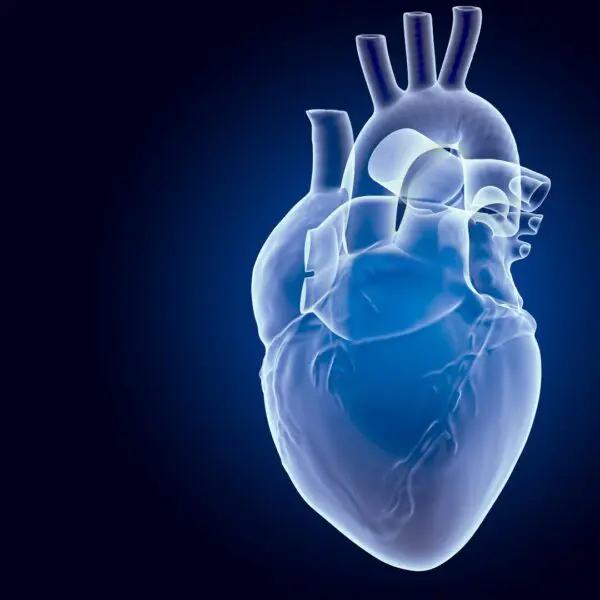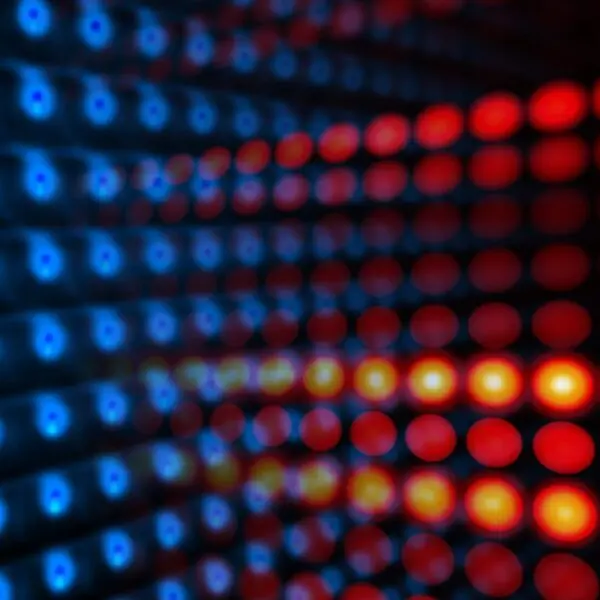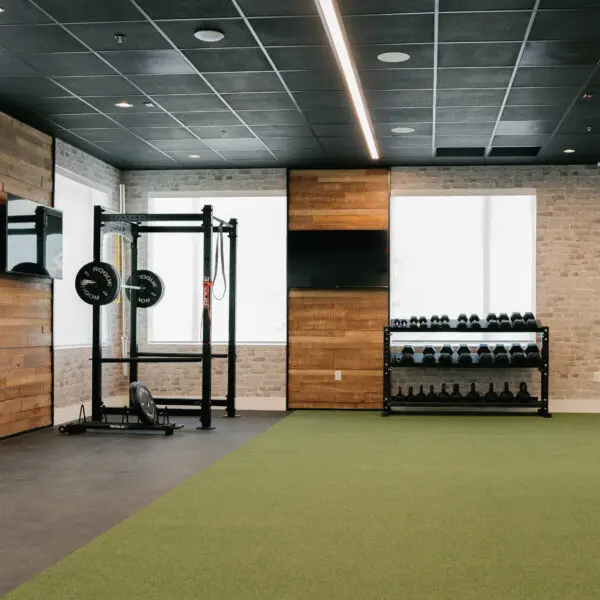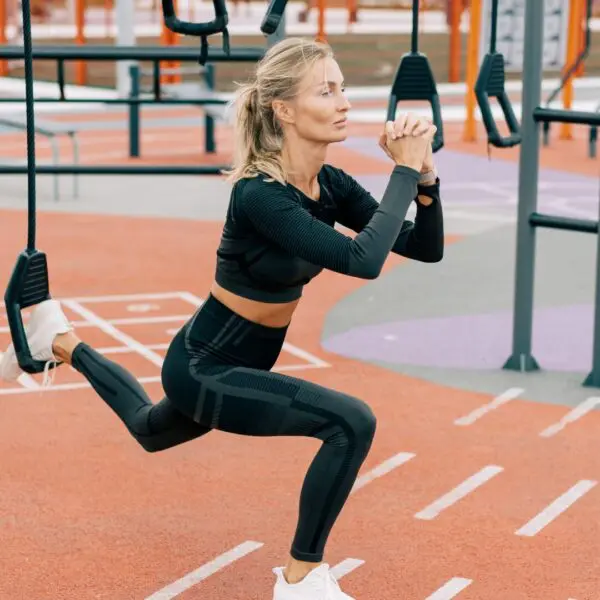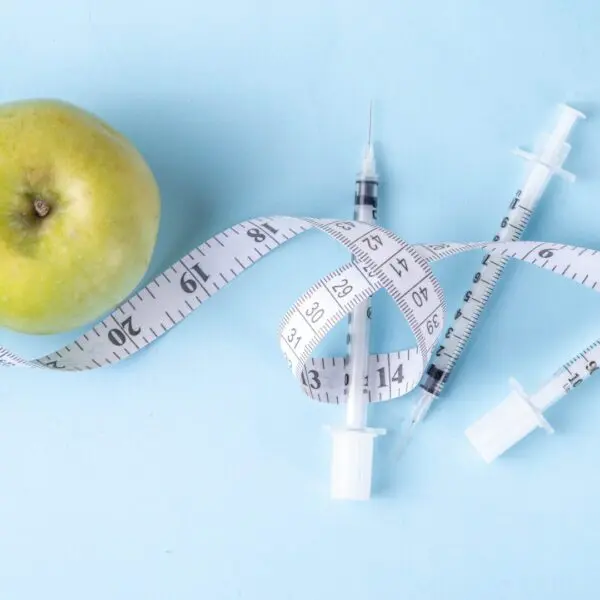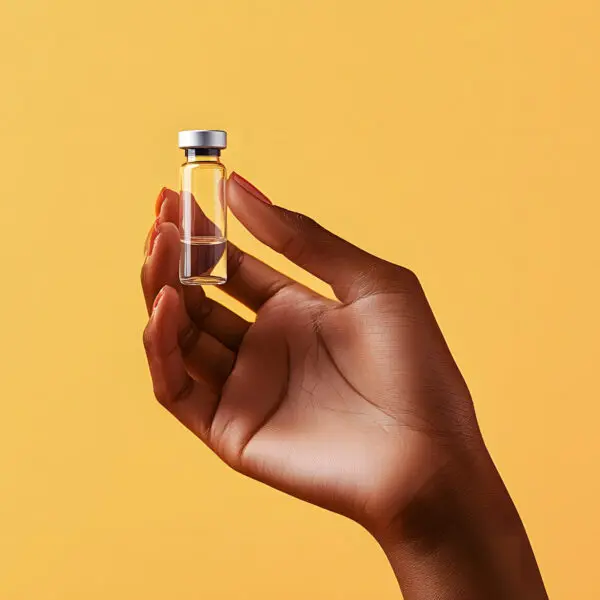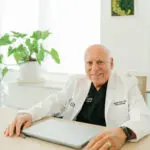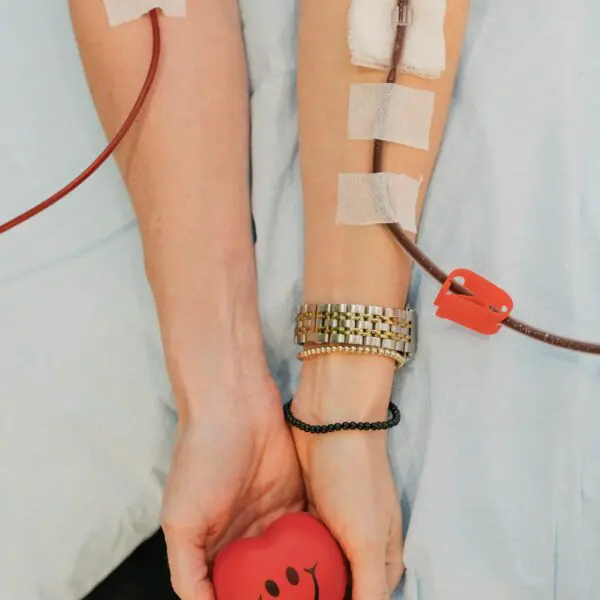While daily exercise has long been considered ideal, new research published in Nature Aging brings encouraging news for those who can only work out on weekends. The study reveals that being a “weekend warrior” – someone who concentrates their physical activity on weekends or just one or two days a week – can provide comparable brain and mental health benefits to those who exercise throughout the week.
Research Findings: Numbers That Matter
In this comprehensive study, researchers tracked over 75,000 participants through UK Biobank using wearable activity monitors. The health outcomes were monitored for an average of 8.4 years, focusing on both neurological diseases (dementia, stroke, and Parkinson’s disease) and psychological disorders (including depression and anxiety).
The results were striking. Compared to inactive adults, weekend warriors showed:
- 26% lower risk of dementia
- 21% lower risk of stroke
- 45% lower risk of Parkinson’s disease
- 40% lower risk of depression
- 37% lower risk of anxiety
These risk reductions were comparable to those observed in people who exercised regularly throughout the week.
Flexibility in Exercise Training
The study’s most encouraging finding is that timing flexibility doesn’t diminish the benefits. Whether you exercise on weekends or any other days of the week, accumulating moderate-to-vigorous physical activity on one or two days can yield similar health benefits as spreading it throughout the week.
Understanding Exercise: The Role of Myokines
Exercise is well-known for its numerous health benefits, but the mechanisms behind these benefits are complex and multifaceted. Exercise improves health by producing myokines – small proteins that act as chemical messengers throughout the body. These “exercise-induced factors” play a crucial role in delivering the overall health benefits of physical activity.
Top 10 Health Benefits of Regular Exercise
Understanding the full spectrum of exercise benefits can help motivate consistent physical activity, whether you’re a weekend warrior or a daily exerciser. Here’s what science tells us about the crucial benefits of staying active:
- Cardiovascular Health: Regular physical activity strengthens the heart muscle, improves blood circulation, and maintains healthy blood pressure and cholesterol levels. This reduces the risk of heart disease, stroke, and other cardiovascular problems.
- Brain Health: Exercise delivers remarkable brain health benefits. It promotes neuroplasticity, enhances blood flow to the brain, and helps prevent age-related cognitive decline. Research shows it can protect against neurodegenerative conditions like dementia and Parkinson’s disease. As the saying goes, “A sound body makes a sound mind.”
- Mental Health: Physical activity triggers the release of endorphins, your body’s natural “feel-good” hormones. These powerful chemicals help reduce depression symptoms, alleviate anxiety, boost overall mood, and lower stress levels.
- Weight Management: Combining regular exercise with a balanced diet is key to maintaining a healthy weight. This, in turn, reduces the risk of obesity-related health issues such as diabetes and certain cancers.
- Bone and Muscle Strength: Weight-bearing exercises and resistance training help maintain bone density and muscle mass, which is vital to prevent conditions like osteoporosis and sarcopenia (age-related muscle loss) as we age.
- Immune Function: Regular, moderate exercise can boost the immune system, potentially reducing the risk of infections and certain diseases.
- Sleep Quality: Regular physical activity can improve sleep quality and duration, essential for overall health and cognitive function.
- Longevity: Studies have consistently shown that regular exercise increases life expectancy and healthy aging.
- Metabolic Health: Exercise improves insulin sensitivity and glucose metabolism, reducing the risk of type 2 diabetes and metabolic syndrome.
- Cancer Prevention: Regular physical activity has been linked to a reduced risk of several types of cancer, including colon, breast, and lung cancer.
How Physical Activity Activates Anti-Aging Pathways
Exercise is a powerful tool for longevity and healthy aging, activating multiple cellular pathways that combat age-related decline. Understanding these anti-aging pathways reveals how exercise promotes longevity and cellular health.
- AMPK (AMP-activated protein kinase) Pathway:
- Activation: High-intensity workouts and strength training
- Benefits: Enhances insulin sensitivity and glucose uptake, increases mitochondrial biogenesis (creation of new mitochondria), improved cellular autophagy
- Anti-Aging Effects: Optimizes metabolic health, enhances energy production, efficient cellular cleanup
- mTOR (mammalian target of rapamycin) Pathway:
- Modulation: Exercise helps balance mTOR activity
- Benefits: increases protein synthesis and muscle growth (when active), enhances autophagy and cellular maintenance (when inhibited)
- Anti-Aging Effects: Preserves muscle mass and improves cellular longevity
- Sirtuins Pathway:
- Activation: Exercise, particularly endurance training
- Benefits: Improves mitochondrial function, enhances DNA repair mechanisms, regulates inflammatory response
- Anti-Aging Effects: Improves cellular energy, genetic stability, and reduces age-related inflammation
- FOXO (Forkhead box O) Pathway:
- Activation: Exercise
- Benefits: Upregulates antioxidant production, enhances cellular stress resistance, improves cellular quality control
- Anti-Aging Effects: Improves cellular defenses against oxidative stress and better overall cellular health
- PGC-1α (Peroxisome proliferator-activated receptor gamma coactivator 1-alpha) Pathway:
- Activation: Exercise, especially endurance training
- Benefits: Stimulates mitochondrial biogenesis, improves fat oxidation, enhances angiogenesis (formation of new blood vessels)
- Anti-Aging Effects: Enhances metabolic efficiency and cardiovascular health
- NrF2 (Nuclear factor erythroid 2-related factor 2) Pathway:
- Activation: Exercise
- Benefits: Upregulates antioxidant enzymes, protects against oxidative stress, enhances detoxification processes
- Anti-Aging Effects: Reduces cellular damage from free radicals and improves cellular resilience
- Telomerase Pathway:
- Modulation: Regular exercise may help maintain telomere length
- Benefits: Protects chromosome ends, may slow cellular aging
- Anti-Aging Effects: Potential preservation of cellular replicative capacity and delayed cellular senescence
- Growth Hormone/IGF-1 Axis:
- Activation: Exercise, particularly resistance training
- Benefits: Promotes muscle growth and repair, enhances bone density, improves body composition
- Anti-Aging Effects: Preservation of muscle mass and strength, better bone health
- BDNF (Brain-Derived Neurotrophic Factor) Pathway:
- Activation: Exercise
- Benefits: Promotes neuroplasticity, enhances cognitive function, supports neurogenesis (formation of new neurons)
- Anti-Aging Effects: Better brain health, cognitive preservation, and potentially reduces the risk of neurodegenerative diseases
- Inflammatory Pathways:
- Modulation: Regular exercise helps regulate these pathways
- Benefits: Reduces chronic low-grade inflammation, improves immune function
- Anti-Aging Effects: Reduces risk of age-related inflammatory diseases, better overall health
These pathways often interact and overlap, creating a complex network of anti-aging effects. For example, AMPK activation can increase SIRT1 activity, enhancing PGC-1α function and creating a cascade of beneficial effects.
Exercise Types and Pathway Activation
It’s important to note that different types of exercise may preferentially activate specific pathways. For instance, high-intensity interval training (HIIT) may be particularly effective at activating AMPK, while endurance training might substantially affect PGC-1α and sirtuins. Resistance training, on the other hand, may have a more pronounced effect on the growth hormone/IGF-1 axis.
It’s worth repeating, the anti-aging benefits of these pathways include:
- Improves metabolic health and insulin sensitivity
- Enhances cellular repair and maintenance mechanisms
- Improves mitochondrial function and energy production
- Reduces oxidative stress and inflammation
- Improves cardiovascular health
- Enhances brain function and neuroplasticity
- Improves muscle and bone health
- Potential slowing of cellular aging processes
What Can PUR-FORM Offer?
Any active individual, whether a casual weekend warrior or a dedicated athlete, can benefit from the synergistic therapies available at PUR-FORM. These advanced modalities, when combined with exercise, can amplify the health-promoting and anti-aging effects.
- Cryotherapy and Heat Therapy: PUR-FORM’s whole-body cryotherapy and contrast therapy (cold and health therapy) can help reduce inflammation, muscle soreness, and facilitate faster recovery, and improve circulation, allowing for more frequent or intense workouts.
- Oxygen-Based Therapies: PUR-FORM offers several oxygen-related treatments, including intermittent hypoxia therapy (IHT), hyperbaric oxygen therapy (HBOT), and EBO2 (blood oxygenation and ozonation). IHT can improve cardiovascular function and endurance, complementing the cardiovascular benefits of exercise. HBOT enhances tissue repair and reduces inflammation, supporting recovery from physical activity. EBO2 can boost immune function and reduce oxidative stress, supporting overall health. Ozone therapy and HBOT could help manage oxidative stress, supporting the NrF2 pathway and enhancing exercise-induced antioxidant defenses.
- Light Therapy: PUR-FORM’s red light bed can promote muscle recovery, reduce joint pain, and improve skin health, supporting overall wellness for active individuals.
- Intravenous Therapies: PUR-FORM provides cutting-edge IV therapies, such as NAD and methylene blue infusions. NAD IV therapy can support cellular energy production, which is crucial for exercise and performance recovery. It can also enhance DNA repair mechanisms, complementing the anti-aging effects of exercise. Methylene blue IV therapy complements NAD as they both support mitochondrial health and energy production, complementing the AMPK and PGC-1α pathways activated by exercise. Methylene blue also offers additional benefits such as neuroprotective effects, supporting brain health alongside exercise. These therapies synergize with the exercise-induced activation of key longevity pathways.
Regularly engaging in diverse forms of exercise can activate many pathways, slowing aging and improving overall health and longevity. However, it’s crucial to remember that exercise is just one part of a healthy lifestyle. Exercise is one of the most essential “medicines” one can take. But, remember also to include a balanced diet, adequate sleep, stress management, and social connections, which are critical in healthy aging.
While the findings from this study suggest that even a “weekend warrior” approach to exercise can provide substantial health benefits, it is important to avoid prolonged periods of sedentary behavior. Incorporating small amounts of activity throughout the week, such as taking short walks or performing brief exercises, can complement the more intense weekend workouts and provide additional health advantages.
The key takeaway is that a balanced, holistic lifestyle can synergistically optimize health, longevity, and overall well-being. Incorporating small amounts of activity throughout the week, such as taking short walks or doing brief exercises, can complement more intense weekend activities and provide additional health benefits. By embracing this multifaceted approach, individuals can unlock the full potential of exercise and amplify its transformative effects on the body and mind.
-Dr. P
